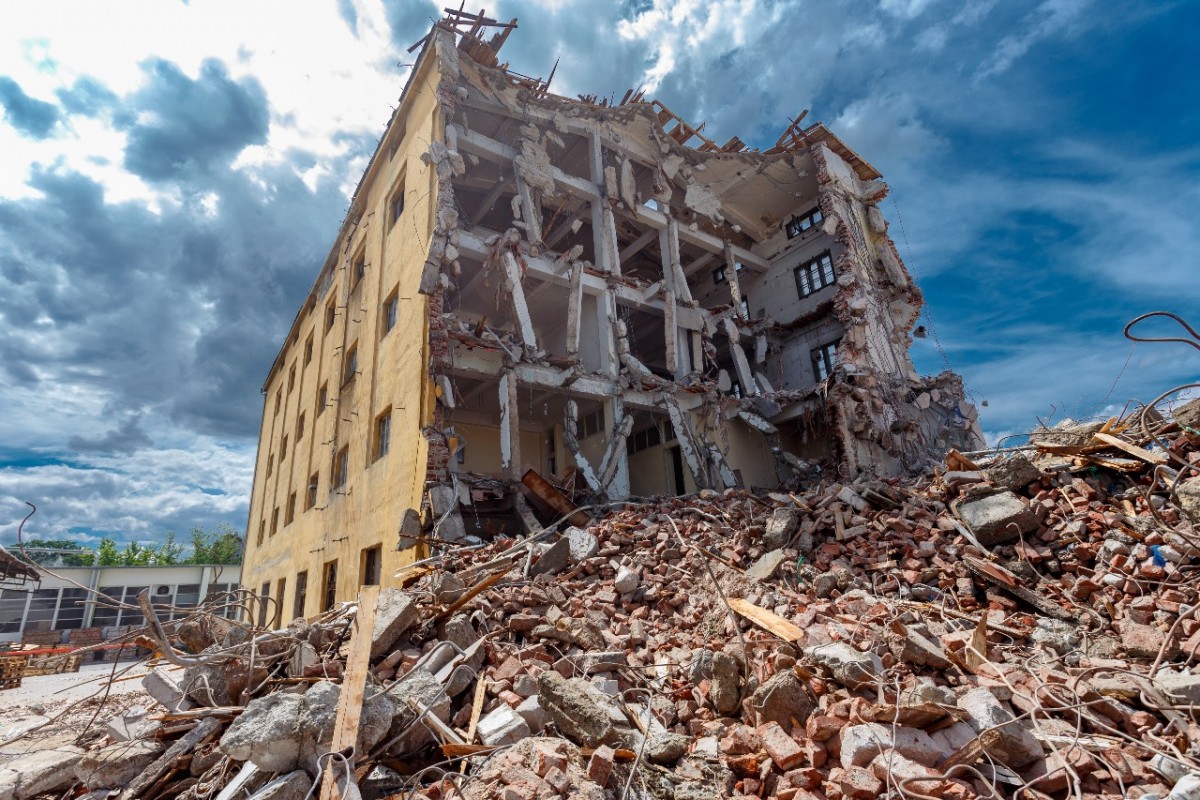In recent years, there have been many more instances of earthquakes being reported in the global media. These reports are often accompanied by distressing photos of the devastating impact of the earthquakes on local communities. This rise in media coverage, coupled with more frequent warnings from seismologists, has left many people asking themselves why these disastrous events seem to be happening more often.
To this day, scientists still can’t come to the consensus on the reason behind the increase in the number of earthquakes. Some adhere to the theory that a gradual increase in the number of earthquakes is one of the consequences of global warming. Others claim the speed of the Earth’s rotation around its axis is a factor. Which of these claims is more solid is up to a debate, but we will focus on the global warming theory.
We define earthquakes as a rapid shift or rupture of tectonic plates, leading to vibrations in the Earth’s crust, which we may experience on the Earth’s surface. There is a multitude of reasons for these events to occur– for example, melting of the Arctic glaciers leading to the increased water levels. “How can water level lead to an earthquake?” you might ask. As it turns out, rises in the global sea levels lead to an increased pressure on the Earth’s crust. As one can imagine pressing down on one edge of the tectonic plate makes another edge rise, leading to vibrations on the surface. Even scientists who do not agree that global warming causes more earthquakes say that, in recent times, these earthquakes have become more destructive. Countries prone to powerful earthquakes include Japan, India, Nepal, Mexico, Indonesia and the Philippines.
Tectonic plates located at the depth of the Pacific Ocean, underlying the abovementioned locations are responsible for 90% of earthquakes in the world – 81% of which are recognized as the most destructive.
So what is being done to prevent these disasters and better understand them?
First and foremost, various devices are used to track the slightest changes in fluctuations in the Earth’s crust. These observations are recorded on seismographs and compared with historical data to check for any abnormal activity and warn local residents. Secondly, buildings, such as power plants, are being strengthened to resist the effects of the ground sliding beneath them. For example, modern nuclear power plants are so reliably structurally protected that they can withstand the pressure observed at a cruising altitude of a Boeing 747. Lastly, humanity is becoming more attentive to the problem of limited natural resources and their conservation, gradually adopting green energy.
It is impossible, of course, to fully control the destructive power of nature or to predict it accurately. However, if we treat the planet carefully and take collective action to reduce the greenhouse effect, we can save ourselves from the worse of what nature is capable of.




